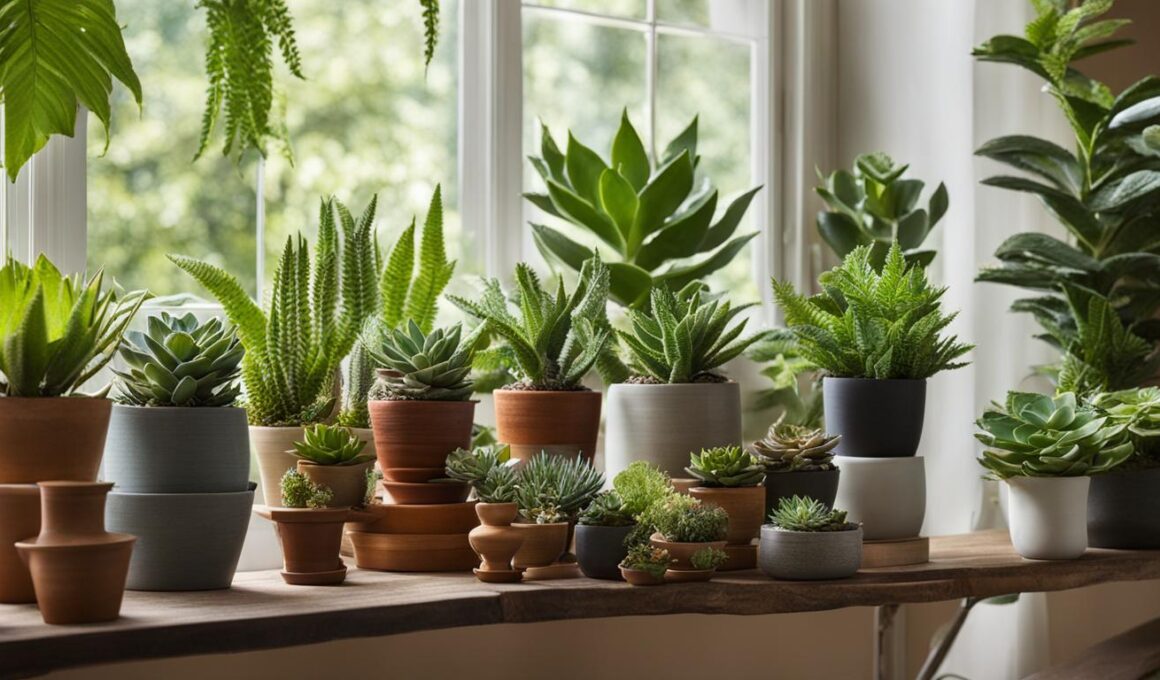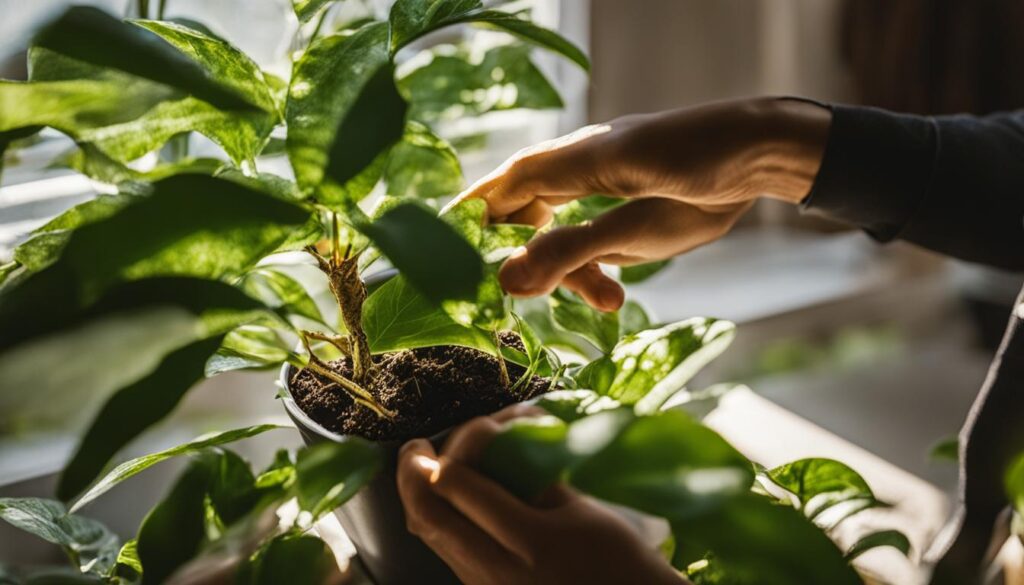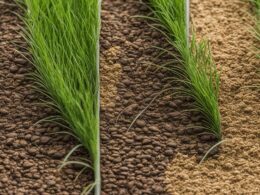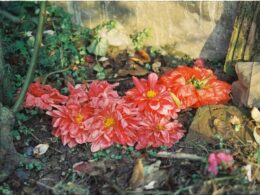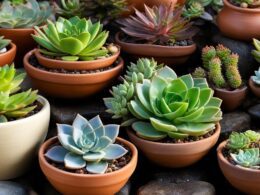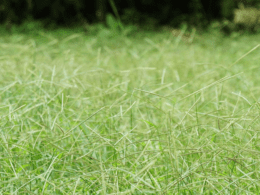Container gardening indoors is a popular and rewarding way to bring greenery into your living space. Whether you live in an apartment or don’t have access to outdoor gardening space, container gardening offers a versatile solution. In this comprehensive guide, we will explore the ins and outs of container gardening indoors, providing you with all the information you need to create a thriving indoor garden.
Key Takeaways
- Container gardening indoors allows you to bring greenery into your living space, regardless of limited outdoor gardening space.
- It provides greater control over factors such as sunlight, temperature, and soil quality, creating an optimal environment for your plants.
- Indoor gardening can improve air quality, provide stress relief, and contribute to a more sustainable lifestyle.
- When choosing containers for indoor gardening, consider factors such as size, material, and drainage.
- Choose the right plants for indoor container gardening based on their light requirements, space availability, and your own preferences.
Benefits of Container Gardening Indoors
Container gardening indoors offers a multitude of benefits that make it a popular choice for plant enthusiasts. Whether you have limited space or want greater control over your gardening environment, indoor container gardening has got you covered.
“Container gardening indoors allows you to grow plants and vegetables even if you have limited space.”
One of the key advantages of indoor container gardening is the ability to grow plants and vegetables in small living spaces such as apartments or condos. With the right containers, you can create a green oasis in any corner of your home, bringing nature indoors.
Another major benefit is the control it provides over important factors like sunlight, temperature, and soil quality. You can strategically place your containers near windows or use artificial grow lights to ensure the optimal amount of light for your plants. This level of control also extends to temperature and soil conditions, allowing you to create a tailored environment that promotes healthy growth.
Furthermore, indoor gardening can have a positive impact on your well-being. It has been found to improve indoor air quality by filtering pollutants and releasing oxygen, helping to create a healthier living environment. Additionally, tending to your indoor garden can serve as a form of stress relief and provide a sense of relaxation and connection with nature.
| Benefits of Container Gardening Indoors |
|---|
| Ability to grow plants in limited space |
| Control over sunlight, temperature, and soil quality |
| Improves indoor air quality |
| Serves as a form of stress relief |
Choosing the Right Containers for Indoor Gardening
When it comes to indoor gardening, choosing the right containers is essential for the success of your plants. Consider factors such as size, material, and drainage to ensure optimal growing conditions. Here are some tips to help you select the perfect containers for your indoor garden:
Size Matters
Make sure the containers you choose are large enough to accommodate the mature size of your plants. The roots need sufficient space to grow and develop, so avoid using containers that are too small. On the other hand, oversized containers can lead to excessive moisture retention, which can cause root rot. Find the right balance by selecting containers that provide adequate room for your plants to thrive.
Material Selection
There are various materials available for indoor gardening containers, each with its own pros and cons. Terracotta pots are popular for their classic look and ability to absorb excess moisture. Plastic pots are lightweight and retain moisture well, making them a practical choice. Fabric pots, on the other hand, offer excellent drainage and air circulation, promoting healthy root growth. Consider the specific needs of your plants and choose containers accordingly.
Drainage is Key
Proper drainage is crucial for the health of your indoor plants. Look for containers with adequate drainage holes to prevent waterlogging and ensure that excess water can escape. Without proper drainage, excess moisture can lead to root rot and other plant diseases. If you love a particular container that lacks drainage holes, you can create your own by carefully drilling holes in the bottom. Just make sure to use a waterproof sealant to prevent any leaks.
| Container Material | Pros | Cons |
|---|---|---|
| Terracotta | Classic look, absorbs excess moisture | Can be heavy, may break if dropped |
| Plastic | Lightweight, retains moisture well | May degrade over time, less aesthetically pleasing |
| Fabric | Excellent drainage and air circulation | May require more frequent watering, less durable |
By considering the size, material, and drainage of containers for your indoor garden, you can create a thriving and beautiful green space in your home. Remember to choose containers that suit the specific needs of your plants and provide them with the right conditions to flourish. With the right containers, you’ll be well on your way to a successful indoor gardening journey.
Selecting the Right Plants for Indoor Container Gardening
When it comes to indoor container gardening, selecting the right plants is crucial for success. Not all plants thrive in an indoor environment, so it’s important to choose ones that are well-suited for container gardening. Consider factors such as light requirements, space availability, and your own personal preferences.
Herbs are a popular choice for indoor container gardening. Varieties like basil, parsley, and chives not only add flavor to your culinary creations but also thrive in containers. Their small size makes them ideal for small spaces, and they can tolerate a range of light conditions.
If you’re looking to add some greenery to your indoor space, leafy greens like lettuce and kale are excellent options. These plants are low-maintenance and can be harvested as needed for fresh and nutritious salads. They also make for an attractive and vibrant display in your home.
For those who appreciate the beauty of flowering plants, orchids and African violets are popular choices for indoor container gardening. These plants add color and elegance to any space and can be a delight to care for. However, they do require specific growing conditions, so be sure to research their needs before getting started.
Table: Recommended Plants for Indoor Container Gardening
| Plant | Light Requirements | Space Availability | Special Considerations |
|---|---|---|---|
| Basil | Medium to high light | Compact | Tolerant of various light conditions |
| Parsley | Medium to high light | Compact | Can thrive in containers |
| Chives | Medium to high light | Compact | Tolerant of various light conditions |
| Lettuce | Medium to high light | Requires larger container | Can be harvested as needed |
| Kale | Medium to high light | Requires larger container | Nutritious and easy to grow |
| Orchids | Medium to high light | Requires specialized orchid pots | Specific humidity and temperature needs |
| African Violets | Medium to high light | Compact | Keep soil evenly moist |
These are just a few examples of plants that can thrive in indoor containers. Research the specific needs of each plant before choosing them for your indoor garden to ensure their successful growth. By selecting the right plants for your indoor container gardening project, you’ll create a beautiful and thriving green oasis in your home.
Tips for Indoor Container Gardening
Indoor container gardening can be a rewarding and fulfilling experience. To help you succeed in your endeavors, here are some essential tips to keep in mind:
1. Choose the Right Location
Find a suitable spot in your home that receives adequate sunlight. Most plants require at least 6 hours of direct or indirect sunlight per day. Place your containers near windows or invest in artificial grow lights to provide the necessary light for plant growth.
2. Use Quality Potting Mix
Ensure that you use a high-quality potting mix specifically formulated for container gardening. Avoid using garden soil, as it can become compacted and hinder proper drainage. The potting mix should be well-draining and enriched with organic matter to provide the necessary nutrients for your plants.
3. Water Properly
Watering is a crucial aspect of indoor container gardening. It’s important to strike the right balance and avoid overwatering or underwatering your plants. Check the moisture level of the soil regularly by inserting your finger about an inch deep into the soil. If it feels dry, it’s time to water. Ensure that excess water can drain out of the containers to prevent root rot.
4. Regularly Monitor and Adjust
Keep a close eye on your plants and regularly monitor their growth and overall health. Look for signs of pests, diseases, nutrient deficiencies, or any other issues. Adjust your watering, fertilizing, and lighting schedules as necessary to provide optimal conditions for your plants.
With these simple yet effective tips, you can create a thriving indoor container garden and enjoy the beauty and benefits of gardening right in your own home.
Common Challenges and Solutions in Indoor Container Gardening
Indoor container gardening offers a myriad of benefits, but it also comes with its fair share of challenges. As an indoor gardener, you may encounter common issues such as pest infestations, fungal diseases, and inadequate pollination. It’s important to be aware of these challenges and have effective solutions at hand to maintain the health and vitality of your indoor garden.
Pest Infestations
Pests can wreak havoc on your indoor container garden, feeding on your plants and causing damage. Common indoor garden pests include aphids, mites, and fungus gnats. To combat these pests, it’s best to use natural remedies or organic insecticides that are safe for your plants and the environment. For example, neem oil is an effective pest control option that helps to deter a wide range of pests. Regularly inspect your plants for any signs of infestation and take immediate action to prevent further damage.
Fungal Diseases
Fungal diseases such as powdery mildew and root rot can pose a threat to the health of your indoor plants. To prevent fungal diseases, ensure proper air circulation in your indoor garden by spacing out your containers and avoiding overcrowding. Overwatering is a common cause of fungal diseases, so be sure to water your plants only when the top inch of soil feels dry to the touch. Additionally, avoid splashing water onto the leaves and use a well-draining potting mix to discourage fungal growth.
Inadequate Pollination
Some indoor plants, particularly those that bear fruit or flowers, require adequate pollination to produce viable fruits or seeds. In the absence of outdoor pollinators like bees and butterflies, you may need to manually pollinate your indoor plants. This can be done by gently transferring pollen from the stamen to the stigma using a small brush. By ensuring proper pollination, you can enhance the productivity of your indoor garden and enjoy bountiful harvests.
Regularly inspecting your plants, taking preventive measures, and addressing issues promptly are key to overcoming the challenges of indoor container gardening. By being proactive and implementing effective solutions, you can create a thriving indoor garden that brings beauty and abundance into your home.
Table: Common Challenges and Solutions in Indoor Container Gardening
| Challenge | Solution |
|---|---|
| Pest Infestations | Use natural remedies or organic insecticides, such as neem oil, to control pests. Regularly inspect plants and take immediate action. |
| Fungal Diseases | Ensure proper air circulation, avoid overwatering, and use a well-draining potting mix to prevent fungal diseases. |
| Inadequate Pollination | Manually pollinate plants by transferring pollen with a small brush to ensure proper pollination for fruit and flower production. |
Maintenance and Care for Indoor Container Gardens
Proper maintenance and care are essential for the longevity and health of your indoor container garden. By following a few key practices, you can ensure that your plants thrive and continue to bring beauty and greenery into your living space.
Regular Watering
One of the most important aspects of caring for your indoor container garden is providing adequate water to your plants. It’s essential to strike the right balance, neither overwatering nor underwatering your plants. Different plants have varying water requirements, so it’s important to research and understand the needs of each plant in your garden.
Monitor the moisture levels in the soil by regularly checking the soil’s dryness. Stick your finger about an inch into the soil – if it feels dry, it’s time to water. Use room temperature water and water until you see it drain out of the bottom of the container. Avoid letting your plants sit in standing water, as this can lead to root rot.
Pruning and Maintenance
Regular pruning is necessary to promote healthy growth and prevent overcrowding in your indoor container garden. Trim any dead or yellowing leaves, and prune back overgrown branches to maintain the desired shape and size of your plants. This also helps improve air circulation, reducing the risk of fungal diseases.
Additionally, keep an eye out for signs of nutrient deficiencies, such as yellowing leaves or stunted growth. Depending on the type of plants you have, you may need to provide fertilizers to replenish essential nutrients. Choose organic or synthetic fertilizers specifically formulated for indoor container gardening, following the recommended application instructions.
Cleaning and Inspection
Regularly clean and inspect your containers to prevent the buildup of pests or diseases. Empty and clean the containers between each planting to remove any lingering pests or disease-causing organisms. Inspect the leaves and stems of your plants for any signs of pests, such as webs, spots, or holes. Promptly address any issues you notice to prevent them from spreading and damaging your garden.
By following these maintenance and care tips, you can ensure the health and vitality of your indoor container garden. With proper watering, pruning, and cleaning, your plants will continue to flourish, adding beauty and freshness to your indoor space.
Can the Techniques for Container Gardening Indoors Be Applied to Growing Tree Collards in Containers?
Yes, the techniques for growing tree collards in containers are similar to those used for container gardening indoors. Both require proper soil, adequate sunlight, and regular watering. Additionally, container size and drainage are crucial for successful growth. With the right care, tree collards can thrive in containers just like other indoor plants.
Conclusion
Container gardening indoors offers a myriad of benefits and the opportunity to create a flourishing green oasis in your living space. By following the comprehensive guide provided in this article, you can achieve indoor gardening success and enjoy the satisfaction of nurturing your own indoor garden.
Remember to carefully select the right containers for your plants, ensuring proper drainage and sufficient space for growth. Choose suitable plants that thrive indoors, considering their light requirements and your own preferences. To ensure optimal growth, provide adequate light, monitor soil moisture levels, and fertilize regularly with organic or synthetic fertilizers.
Tackle common challenges in indoor container gardening by employing natural remedies for pests, maintaining proper air circulation to prevent fungal diseases, and manually pollinating flowers when needed. Regular maintenance and care, including proper watering, pruning, and monitoring for nutrient deficiencies, will help keep your indoor garden healthy and thriving.
With patience, dedication, and a little bit of green thumb, your indoor container garden can add beauty, freshness, and a touch of nature to your home. Embrace the joy of container gardening indoors and immerse yourself in the satisfaction of watching your plants grow and thrive.
FAQ
What are the benefits of container gardening indoors?
Container gardening indoors allows you to grow plants and vegetables even with limited space. It provides greater control over factors like sunlight, temperature, and soil quality. It can also improve air quality, provide stress relief, and contribute to a more sustainable lifestyle.
How do I choose the right containers for indoor gardening?
When selecting containers for indoor gardening, consider factors such as size, material, and drainage. Choose containers with adequate drainage holes to prevent waterlogging and root rot. Ensure that the containers are large enough for your plants to grow. Materials like terracotta, plastic, or fabric pots are popular choices.
What are some suitable plants for indoor container gardening?
Some popular options for indoor container gardening include herbs like basil, parsley, and chives, leafy greens like lettuce and kale, and flowering plants like orchids and African violets. Research the specific needs of each plant to ensure their successful growth indoors.
What are some essential tips for indoor container gardening?
Start by providing adequate light for your plants, either through natural sunlight or artificial grow lights. Monitor and maintain proper moisture levels in the soil. Regularly fertilize your plants with organic or synthetic fertilizers. Be mindful of temperature and humidity levels to create an optimal growing environment.
What are some common challenges in indoor container gardening and their solutions?
Common challenges include pest infestations, fungal diseases, and inadequate pollination. Combat pests with natural remedies or organic insecticides. Prevent fungal diseases by ensuring proper air circulation and avoiding overwatering. For inadequate pollination, manually pollinate the flowers using a small brush.
How do I maintain and care for my indoor container garden?
Regularly water your plants, monitoring soil moisture levels. Prune your plants as needed to promote healthy growth and prevent overcrowding. Keep an eye out for signs of nutrient deficiencies and provide necessary fertilizers. Regularly clean and inspect your containers to prevent the buildup of pests or diseases.





